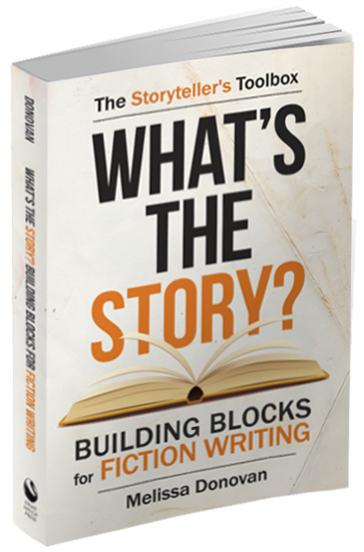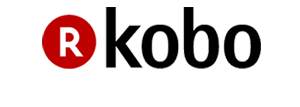
What’s the Story?
Building Blocks for Fiction Writing
What’s a story? Is it character? Plot? Conflict? Change? Why do some stories fall flat with audiences while others sweep the globe, captivating people in every corner of the world?
Stories are made up of many moving parts: action, dialogue, description, and exposition are just a few components of a story. These, and many other building blocks, are woven together to create a compelling and entertaining narrative.
What’s the Story? Building Blocks for Fiction Writing parses the elements that work together to form a story, fostering a broader and deeper understanding of stories, what they are made of, and how they are developed.
Ideal for beginning to intermediate storytellers, What’s the Story? is designed for independent study or classroom use.
The Storyteller’s Toolbox series of books helps you develop skills and strategies to tell the best stories possible while exploring your creativity and developing a storytelling process that works for you.
Reviews
 I know it sounds like hyperbole to say that this book has everything you need to know about writing, but it really covers a lot.
I know it sounds like hyperbole to say that this book has everything you need to know about writing, but it really covers a lot.
It covers basics such as character, plot, point of view, and setting but it also gets into deeper topics like theme, story structure, and even topic such as concept and premise.
- Catherine Lanser
The subtitle of this book is building blocks for fiction writing, and that describes it perfectly. Everything you need to get started writing is here. Like building any structure it starts with the foundations and takes you through every single step required to bring your project to completion. Each step is carefully crafted to aid understanding and provide clarity. Nothing is left out. The writing tips at the end of each chapter are little golden nuggets of pure magic, supporting and expanding everything which went before. These alone are worth the price of the book. Whilst there is a lot of value to the new writer, does it have anything to offer an established writer? Having weighed this up carefully I would say, on balance, the answer is yes. In this instance it acts as both an aide memoir and a refresher. Overall and excellent book, full of extremely useful wisdom. I would have no hesitation in heartily recommending it to the writer.
I was given this book to review, but it is a book I have been wanting to read for a while.
Donovan says when she began writing fiction she wanted a book to use as a primer to teach her all the basic elements of fiction writing, but a book containing a step-by-step explanation of the process was not to be found. So Donovan set out to write that book, “a primer for fiction writers who want to master the building blocks of storytelling.” I believe she accomplished her goal as this is an excellent overview of the basics of storytelling/writing to get one started. Is it an exhaustive resource for all fiction writing? No, but it is an excellent guide to a wide variety of aspects of writing fiction that I have not found in any other fiction writing guide.
Donovan includes expected subjects such as plot, character, and setting, but she also includes subjects I have not seen in any other basic writing book, such as a review of story structure and a look at medium, format, and tools, as well as an in depth survey of story analysis. In addition to her commentary, Donovan provides a number of worksheets to help you apply techniques and plan your story.
Donovan writes in an easy to read style and uses modern, well known examples to explain each building block. If you want an in depth explanation of writing character development or using literary devices you may want to find a book on those subjects, but if you want a brief overview of a number of topics, this book is for you.
Overall I thoroughly enjoyed this book and I look forward to employing these tips and ideas in my writing, and I will certainly be looking to this book as a reference.
What’s the Story is a long-awaited resource for the new and experienced writer? Beginning authors have an excellent checklist of pointers that are like breadcrumbs to the heart of your story. Other writers will find a handy reference to aid in problem areas of a plot, character or narrative. I like the clean, straight language which makes the book easy to read. I have used Melissa’s other books and have not been disappointed.
What’s the Story took a different approach to writing. It was basic, easy to read but very thorough in describing how to critically analyze different modes of writing. It is useful not only for beginning writers, but for those who need a “touch up” on the craft of writing. One thing for sure is the book reminded me that good readers and writers read and write for a purpose. A good read.
I found this book to be a well-written, easy to read textbook style book. She covers all the elements of fiction writing. A beginner writer would do well to read the book and then use the worksheets at the back of the book to read and analyze not only their own, but other works. A seasoned writer who needs to refresh their style could also benefit from this book. There is no better teacher than examples and I liked the author’s use of examples in the book to emphasize the lesson. I especially appreciated the fact she encourages writers to read and research their genre.




